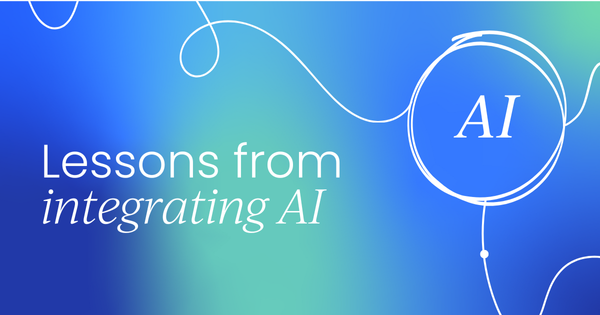
Become a member to see the rest.
You’ve landed on a piece of content that’s exclusive to members. Members have access to templates, real-world presentations, events, reports, salary calculators, and more. Not yet a member? Sign up for free.
Already a member? Sign in
